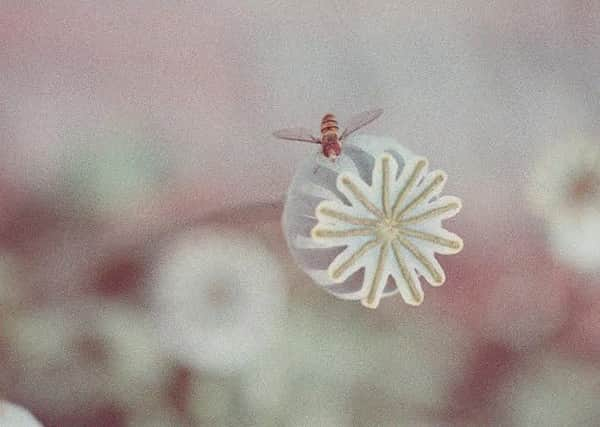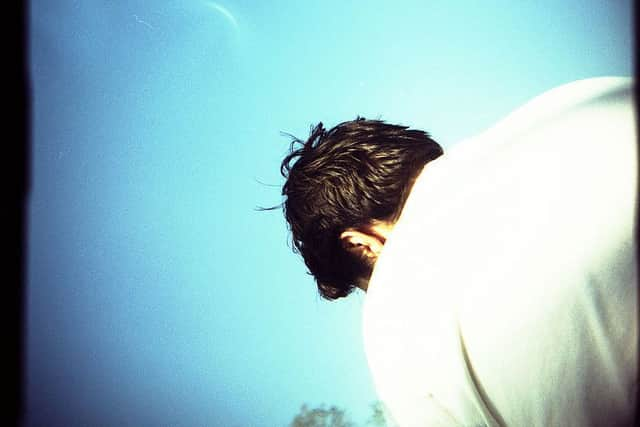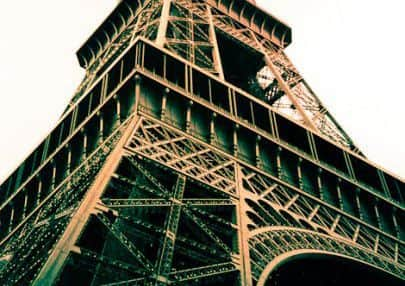Selfie-destruct: Is analogue photography making a comeback?


As many get bored with crisp, megapixel-rich photos from digital cameras and iPhones, film photography appears to be enjoying a quiet renaissance, with some beautiful – and random – results.
Apps meant to replicate the analogue experience aren’t cutting it anymore, either. Instagram, for instance, diguises instant digital images in retro hues and nostalgic tints, but photography professionals have seen a rise in demand for film cameras.
Advertisement
Hide AdAnd some business owners I spoke to say the unpredictability and imperfections of photography are coming back into vogue.


Iain Gildea, who runs the darkroom at Peacock Visual Arts in Aberdeen, said: “People are finding there are only so many filters you can apply on camera phones to make the images look like traditional photographs.
“I think people are burning out a bit [on] digital.
“A lot of people come in here with their mum and dad’s cameras and say ‘can you show me how to use this?’”
“Using film makes people think about what they are photographing. You only get one go, you can’t take 50 pictures and delete them all.”


Mr Gildea said Lomo cameras were proving increasingly popular. Cheaply made from plastic, some models are synonymous with light leaks and film burn which produce images with a unique aesthetic.
Lomography, a movement of experimental photographers, was started in Vienna in 1992 by a group of students who came across the potential of the Lomo L-CA, produced by the Leningrad Optical Mechanical Association.
Advertisement
Hide AdLomography now has it own range of analogue cameras with several models now on the market, producing a range of effects from dreamy lighting to fish eye distortion.
The company has also moved into producing its own film in a range of emulsions as they seize upon a renewed interest in older photography methods.
Advertisement
Hide AdLomo’s purple emulsion replicates the look of old infrared colour film, said Ennan Hammil, co-owner of photo specialists Photoghost in Aberdeen.
He said Lomo was one of the most popular brands in analogue photography due to the “very strange” and unpredictable results from its products, with no two cameras the same.
Interest had been growing in analogue photography over the past three to four years, Mr Hammil said.
He added: “I have been working in the photo industry for 10 years and we refer to the mid 2000s as the digital crash, when everyone switched to digital.
“A lot of people who learned on digital have now decided to give film a try.”
Another firm enjoying the renaissance in analogue photography is ADOX, whose colour implosion film was created by accident.
Advertisement
Hide AdMr Hammil said: “They were trying to make a colour film and something went wrong and some of the layers of emulsion collapsed into themselves. The results are very strange.”
Michael Keith, a processing expert at Jessops in Aberdeen, said people enjoyed the random results of the analogue way.
Advertisement
Hide AdHe said: “I have my old Pentax which is around 30 years old and use cheap 35mm film.
“It’s more interesting and you don’t know what the outcome is going to be. There is a delayed gratification and you have to understand photography and get involved in the process.
“Not knowing what you are going to get is part of the fun - its just all part of the mystery.”